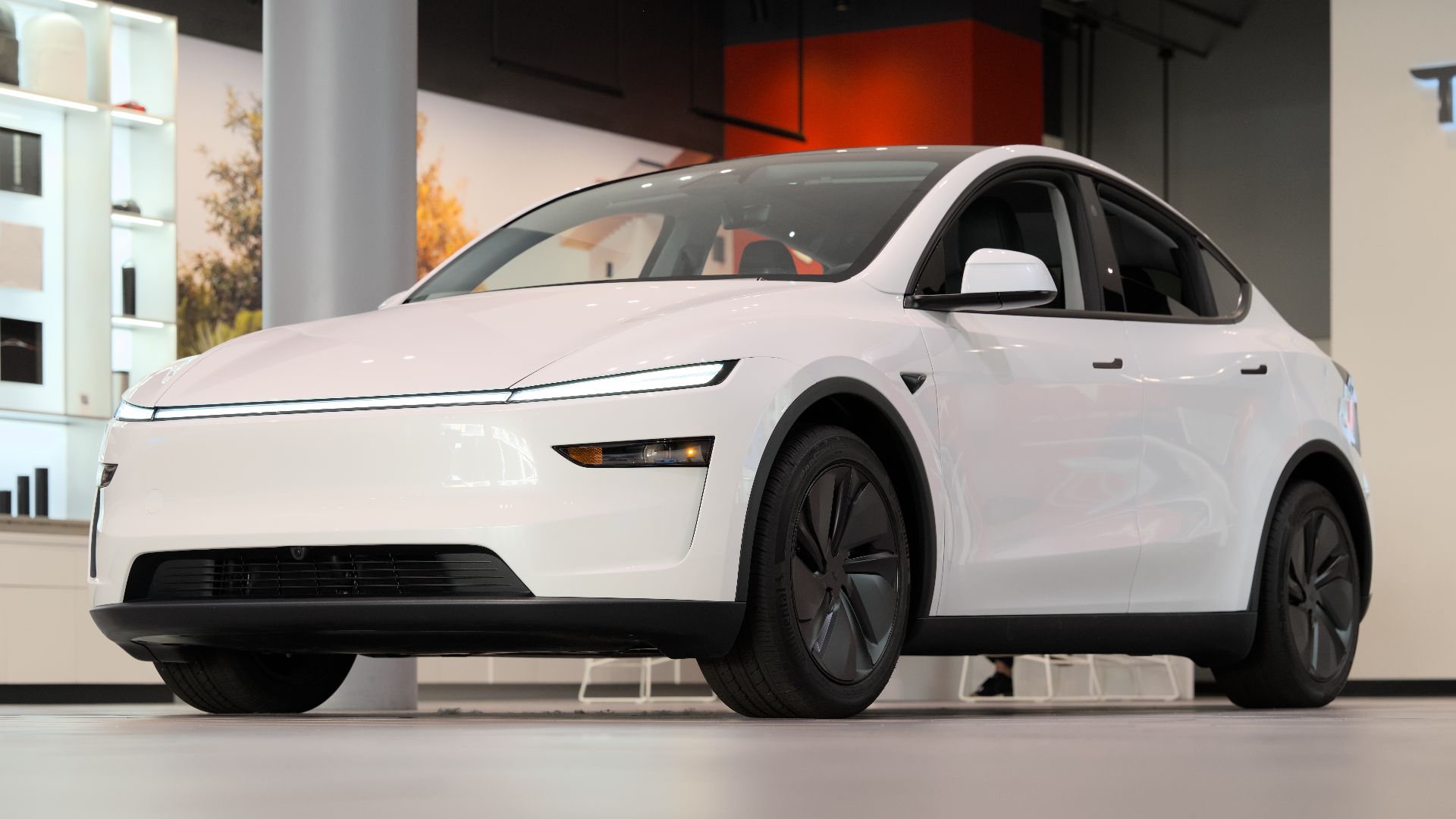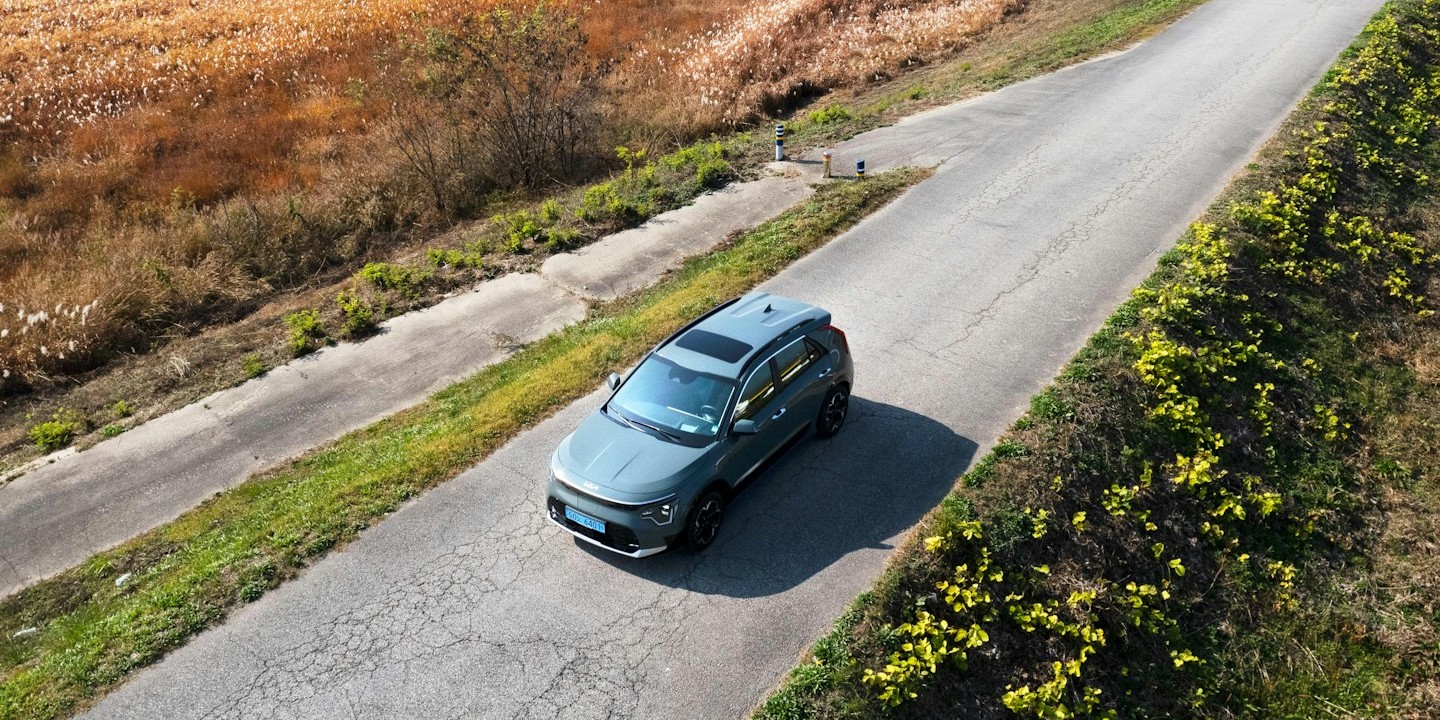 Precious Madubuike on Unsplash
Precious Madubuike on Unsplash
October hit like a quiet revolution on British roads. The Society of Motor Manufacturers and Traders dropped the numbers and they’re striking: 25.4 percent of new cars registered were fully electric, a 23.6 percent jump from last year. That’s 36,830 battery-powered rides zipping off lots while petrol holdouts sputtered behind. Over half the UK market is now electrified—hybrids, plug-ins, and full EVs. The combustion age is ending, not with a bang but with a quiet shift in consumer choice.
Fleet Deals Supercharged the Numbers
Businesses, more so than private buyers, are the ones primarily opting for EVs. Fleets of delivery vans and company cars made up the bulk of October's haul, dipping just 1.5 percent year-over-year but still pushing thousands of Teslas and Nissans into the wild. Private buyers ticked up two percent, with salary-sacrifice schemes allowing employees to lease electric or hybrid cars by sacrificing part of their pre-tax salary.
The government's ZEV mandate looms large behind this societal shift. For 2024, the mandate sets a target of 22 percent of new car sales to be electric or zero-emission, rising to 28 percent in 2025. If manufacturers do not meet these targets, they face financial penalties in the form of fines. Carmakers are leaning hard on fleets to pad the stats, even if it means offering steep discounts.
Tesla Stumbled, But the Pack Pounced
Tesla’s Model Y cratered in October, with sales plunging 93.6% and barely clearing 500 units. All in all, that model accounted for just three percent of all EVs sold. The rest of the market didn’t wait around. MG4s and VW ID.3s rushed in to fill the gap, while BMW’s i4 muscled its way into the top five. Even the Model 3—once the bridge between luxury EVs and everyday buyers—is now neck and neck with Audi’s Q4 e-tron, which climbed another rung this month.
Still, the shake-up comes with a perk: more competition means better prices and fewer single-brand chokeholds. And honestly, no matter what you drive, nothing beats gliding past a gas station in perfect, smug silence.
Year-to-Date, EVs Are Crushing Records
With 386,244 electrics registered in just ten months, the market has already blown past 2024’s full-year total. EVs now command a 22.4 percent share—up 28.9 percent year over year. Gas-powered vehicles still dominate at 44.4 percent, but diesels are a shadow of their former selves, slumping to a meagre 6.9 percent after a 22.9 percent drop.
Still, it’s not all smooth transition. Range anxiety lingers in rural postcodes, and London charging queues feel like airport security on a bad day. And yet, if you stroll into a dealership nowadays, the shift is unmistakable.
Government Nudges Turned into Shoves
The UK’s ZEV mandate is no mere suggestion but a whip cracking over showrooms. Add in the reinstated EV purchase grants, and suddenly that Kia EV6 looks like a bargain at £35k once incentives kick in. Hybrids are pulling their weight too, offering battery serenity with petrol backup and pushing the electrified share to 50.8 percent.
At the Birmingham Motor Show, you could see the shift in real time, with families climbing into plug-ins, with kids immediately fiddling with the touchscreens. Critics point to the 5,000 jobs at engine plants, but the pivot's here, forcing innovation.
Everyday Wins Hiding in the Numbers
October's EV surge means fewer commuters wheezing in traffic and a real dent in roadside emissions. The health argument is finally matching the economic one. Challenges lurk, however. A VAT hike on EVs is set to squeeze buyers next year, and rural blackspots leave countryside drivers fretting about range in a way that urban motorists rarely do.
Yet the trend is unmistakable. Walk into any coffee shop in Manchester and half the curbside spaces are threaded with charging cables. Supermarkets now dedicate whole rows to rapid chargers, and workplaces are quietly installing plugs behind the bike racks. The incremental shift is playing out before our eyes.









